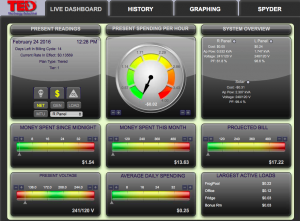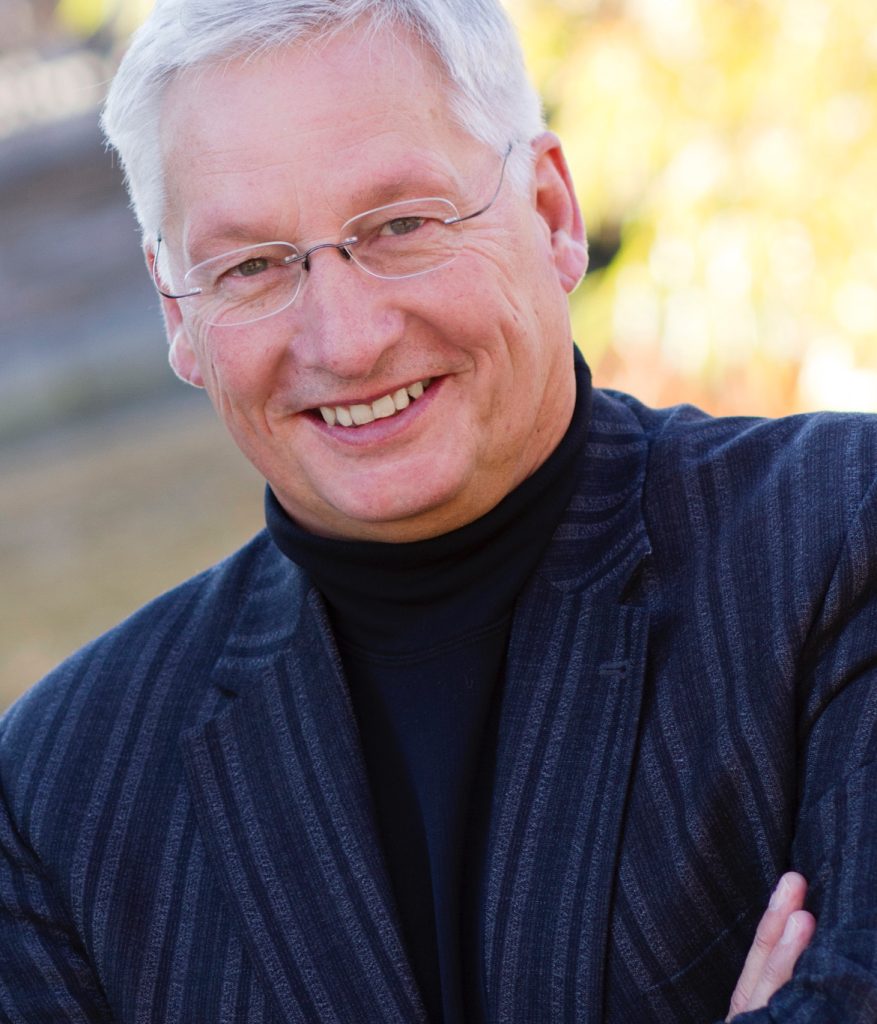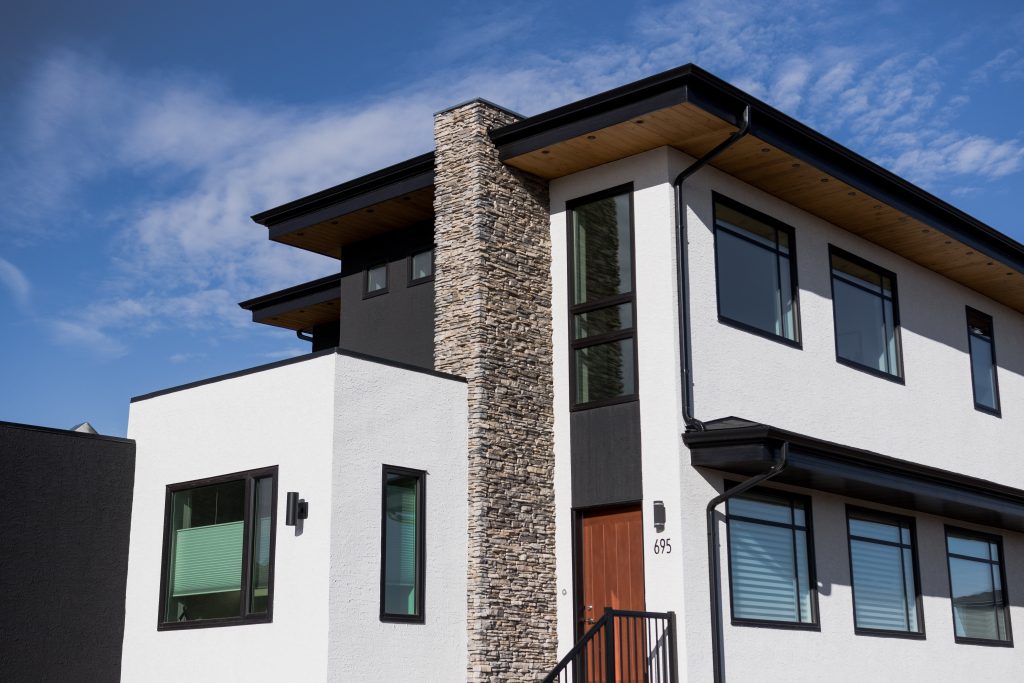When Gwen and Ronn Lepage traded their modern town home in the city for a beautiful new home in the river valley at Sarilia Country Estates, they had the perfect opportunity to leverage Ronn’s expertise in “Smart Green” building technology.
With a master’s degree in environmental strategy focusing on residential construction, Ronn and his company, Vereco Homes, had already designed Canada’s first net-zero home exhibited at the Western Development Museum in 2010 and 2011.
Ronn’s thesis explored why people weren’t building green homes. “One of the barriers was that nobody really knew how to do it,” he says. “We started Vereco to help people who want to build a green home, or do a retrofit.”
The teachings from his master’s degree, combined with his 31 years as a chartered accountant, enable Ronn to provide advice that balances both the environmental and economic factors involved in making good decisions on green technology.
“At first, when we started talking to people about building green homes, their idea was that you just build a normal house, include a geothermal system, and cover it in solar panels. But that’s a very expensive way to do it,” says Ronn. He adds that there are smarter ways to be green and earn a return on your investment when you make your decisions armed with the right information.
Based on Ronn’s net present value (NPV) calculations, the following five technologies have provided the greatest return on investment in his and Gwen’s green home.
- Install an energy monitoring system
 “We’ve found that the biggest thing you can do is start monitoring your energy use,” says Ronn. The Lepages use a system called TED 5000. It hooks up to their electrical panel and they can view their usage levels on any computer, anywhere in the world. Installation is a snap, but it should be left to an electrician.
“We’ve found that the biggest thing you can do is start monitoring your energy use,” says Ronn. The Lepages use a system called TED 5000. It hooks up to their electrical panel and they can view their usage levels on any computer, anywhere in the world. Installation is a snap, but it should be left to an electrician.
The monitoring system cost $300 and the Lepages estimate they save around $400 per year because of the awareness that comes with understanding how energy is used in their home. Gwen says, “Once you know where you stand, you can make an adjustment. You can look at it and ask, ‘what could we do to get that lower?’”
- Manage phantom energy
In Saskatchewan, around 40 per cent of the electricity used to power home electronics is consumed when the devices are turned off. This is known as phantom power. The Lepages had phantom energy circuits installed, so turning off phantom power is as easy as a flick of a switch. “To go around unplugging everything – I just wouldn’t do it. So we’ve got a switch on every floor,” says Ronn.
There’s also a simple solution for existing homes – a power bar with an on/off switch. Costing roughly $40 each, they are a great investment considering that phantom power in our province is responsible for about four per cent of a home’s electricity consumption – equating to over 300 kilowatt hours per year.
- Upgrade insulation
Our long, cold winters mean that the best way to reduce energy use is proper insulation. In an existing house, the attic is relatively easy; it’s the exterior walls that can be difficult.
“I’ve talked to a few people who have redone their insulation – it’s really expensive,” says Ronn. “You’re moving heat registers from the walls because you’re making the wall thicker. That’s a really big reno.” Ronn studied how insulation was upgraded in Saskatchewan and eventually flew to Germany to see how it was done there. “They add insulation to the outside. It makes a lot of sense.”
This discovery prompted Vereco to create a system called xWRAP. It involves stripping the exterior of the house and wrapping it in a blanket of polystyrene foam up to a foot thick. The siding or stucco is then attached. The Lepages have eight inches of this insulation on the outside of their home – making it very energy efficient. Ronn notes that the right amount of insulation for your home depends on a variety of factors. “Each home is very specific in terms of energy savings from additional insulation.”
- Reduce hot water consumption
 The savings multiply when homeowners reduce their hot water consumption. This is because it not only saves water; it saves the cost of heating that water. Ronn says the first order of business is installing low-flow shower heads. “About 50 per cent of the hot water used is in your showers. A typical house would have a 9.6 litre per minute shower. Ours is 4.6 litres per minute. So you’re saving that much energy and water every time you shower.”
The savings multiply when homeowners reduce their hot water consumption. This is because it not only saves water; it saves the cost of heating that water. Ronn says the first order of business is installing low-flow shower heads. “About 50 per cent of the hot water used is in your showers. A typical house would have a 9.6 litre per minute shower. Ours is 4.6 litres per minute. So you’re saving that much energy and water every time you shower.”
If you’ve ever experienced a drippy low-flow shower head at a hotel, don’t assume they are all created equal. The Lepages’ shower heads add air to the water so you feel the same pressure as you would in a regular shower. Translation: you’ll be able to easily rinse out that shampoo.
- Use LED lighting
Since houses use a lot of energy on lighting, switching to LEDs is a smart choice. “We’ve got LEDs throughout and it’s just amazing,” says Ronn. “It’s very natural light. Even at night, it’s almost like daylight in here.” Their indoor and outdoors bulbs are 12 and three watts respectively. If the outdoor lights are left on all night, the impact isn’t even noticeable. The bulbs cost about $35 each, but Ronn says, “they last 50,000 hours so you never have to worry about changing them.”
For more information about Vereco Homes and smart green technology, visit www.vereco.ca.
This article originally appeared in the summer 2013 issue of Saskatoon HOME magazine.




